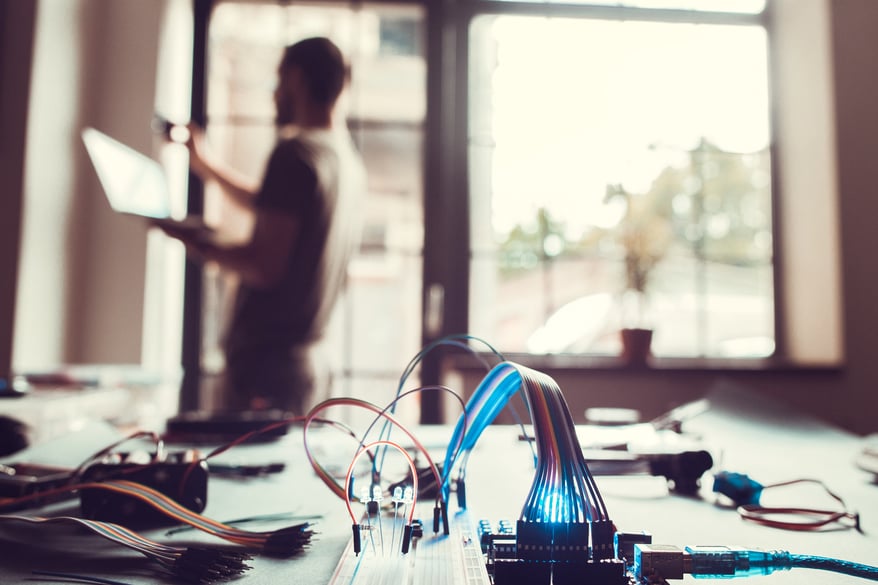Upgrading your home to reflect the trends of the home automation industry has become an almost nationwide phenomenon. In this process, it’s easy to get confused by the many different aspects that need to be addressed before getting your smart home update.
This, in particular, is why many resort to various service providers to both install and homogenise various home automation devices. Not only is this service reliable, but it also ensures your home is ready for a new spate of technology, designed to make your life easier.

Despite the obvious benefits of opting for a professional installer, however, many seem to think that do-it-yourself home automation is a viable solution. Our blog this week, will take a look at all the reasons why it’s always better to go with the experts, as opposed to home automation DIY.
Device incompatibility
While smart home technology has developed to unprecedented heights, there’s still a limit to what it can do.
One such issue is device compatibility. While it may seem like a no-brainer to most that devices ought to work together without too much friction, service providers use different operational and communication technologies when designing such products. The simplest way of understanding this is through the Wi-Fi/bluetooth dichotomy. In addition to this, there’s also different channels that are used for such devices, including ZigBee and Z-Wave.
With the help of professionals, you can ensure that your devices integrate smoothly, minus any incompatibility issues. This will help you possess a smart home that communicates effectively to meet your every need.
Reconfigurations in your home
In jumping aboard the smart home trend, most people don’t realise the level of preparation needed to ensure their home is suited for the smooth operation of these devices.
Many, in fact, believe that most products are the plug-and-play type, requiring little configuration or installation. Unfortunately, such homeowners are in for a nasty shock when they arrive home with their home automation devices. In most cases, wiring problems, outlet and network settings are those that commonly pose problems for DIY home automation switches, for example.
Other issues include network connectivity. In order for your devices to work smoothly and communicate to each other, your network infrastructure needs to be on point. This is so that it can handle the workload of your devices, which undoubtedly will utilise significant network resources in order to perform the jobs it promises to do.
Professional installers make it a part of their job to look into a home’s capabilities and requirements before any smart home upgrades are made. In this context, they check on your wiring network installation, configuration, as well as the overall infrastructure to ensure your home is ready for the smart home improvement of a lifetime.
Integration issues
For those who have no idea of a well integrated smart home system looks like, they’re likely to be bogged down by multiple apps to control disparate devices that don’t work with each other.
Automation systems are designed to harmonise these various sub-systems through once centralised app or hub. If this not what your do-it-yourself home automation system looks like, then there’s clearly something you’ve done wrong. As mentioned earlier, having installers come in at the outset and set-up your smart devices and solutions is likely to yield greater convenience for you in your home.
Key Takeaways
Ultimately, home automation DIY isn’t something that should be considered unless you have prior experience with smart home installation.
Even then, there’s usually so much value and knowledge an established service provider can offer you and your home. The other benefit of opting for a professional installer is that they’re, thereafter, familiar with your overall system, which can be useful in the event something goes wrong with any of your devices.
While you might believe opting for home automation DIY is a cheaper alternative, the roadblocks and post-installation issues you face are just not worth the money saved. Choose a trusted installer for your home and watch how your smart home devices come to life, to bring greater comfort and convenience unlike anything before. `

